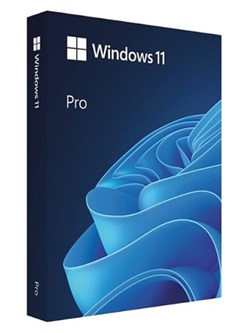Description Data can move across networks or stay in place on storage devices
Desktop administrators need to deal with both, and that’s what this course explores, including details about IP configuration, mobile networks, NTFS permissions, and OneDrive. After installing Windows 10/11, configuring the interface, and setting up accounts, it’s time to get connected.
First, you’ll learn how to configure IP address and name resolution, using graphical and command-line tools to verify and diagnose low-level connectivity
In this course, Configuring Windows 10/11 Connectivity and Storage, you’ll gain the ability to configure, deploy, and troubleshoot network connections and provide secure data storage. Next, you’ll see how to configure Wi-Fi connections, including tunneling and authentication protocols, and create many different types of virtual private networks supported in Windows.
Next, you’ll learn how to deploy Wi-Fi and VPN connections to users with tools like Windows Configuration Designer and Intune
Finally, you will learn how to manage local storage using Disk and Storage Management to create logical drives and NTFS permissions and conditions to secure those drives. After completing this course, you will have the skills and knowledge to configure Windows 10/11 network connections and storage resources so that your systems can reliably connect to the rest of your organization without increasing the risk of a data breach on local storage devices.
This course aligns with the learning objectives of the new MD-100 exam to earn the Associate Modern Office Administrator certification
Last updated 3/2023



 50/18
50/18